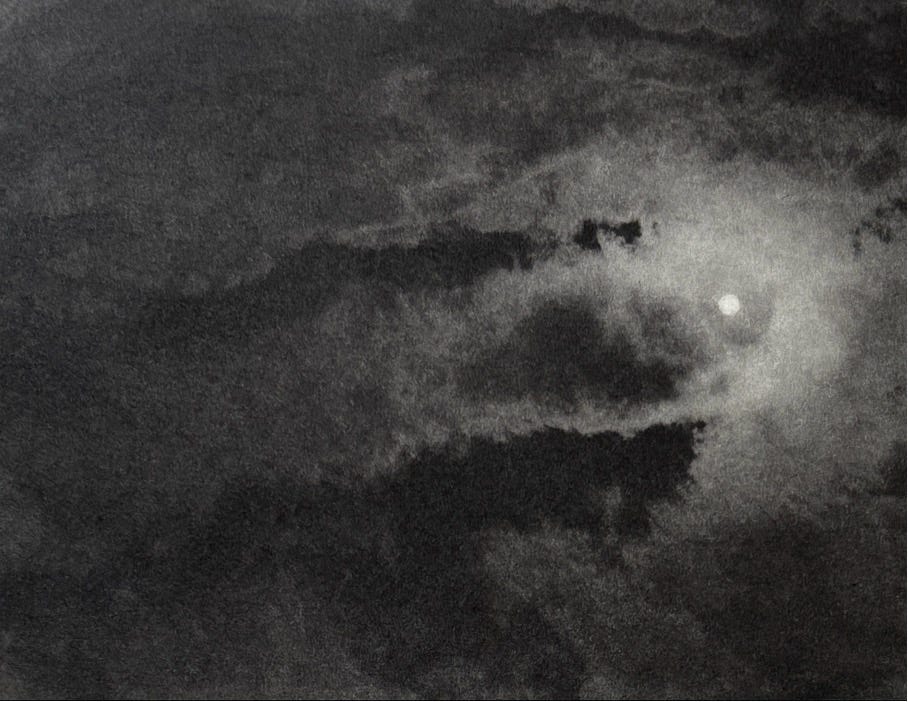A NOTE TO MY READERS
From this week I am trying something new for my texts.
I will be posting a photograph (usually one of mine) and a short text, often from my book TRANSIENT LIGHT, FLEETING TIME which is composed of 50 ideas/thoughts about photography.
As photography has been at the centre of much of my moral, cultural, visual knowledge it is both personal as well as social in the sense that it often poses moral questions. It has embodied ways of learning both about the medium but also about life.
This I am happy to share with my readers.
These short essays are also the basis for a series of 4 workshops I will soon be offering as well as a series of 12 films about the medium, the wider culture and the arts, and again questions about commitment, the artist’s voice, the differences between art and propaganda, the relationship between culture, truth and beauty, etc. My testing has indicated that even non-photographers appreciate the inspirations I have found in our cultural history.
I was 17 when I first saw Alfred Stieglitz’s cloud pictures of Lake George from upstate New York (below). It wasn’t just their beautiful tonalities and compositions; something more deeply moved me. I realised that my youthful concerns about life and death were embodied in those images.
I thought that even my photographs might someday embrace precious moments of existence which, in my life I would never return to, nor would they be returned to in the life of the universe. I understood that is always true with photographs. It is because the two main materials are transient light and fleeting time. All photographs are about that temporary moment in life and within the history of humanity.
Stieglitz knew that describing the visible surfaces of things, his photograph could express pure emotion, paralleling the artist’s own inner state. He believed in the nonrepresentational, emotionally evocative qualities of photography. He and others of his concerns believed that his photographs could inspire emotions as can music. He called these pictures Equivalents.
MY YOUNGER SELF
When my young self (and still today) lapsed into becoming more concerned with my ‘self’ than the world around my ‘self’, my work would be more narrow, less generous, and too preoccupied with my private dialogue.
It’s particularly difficult for photographers under the age of 45 in the European and Anglo-American worlds* to ensure an audience for themselves and to encourage social change without having a group’s solidarity (class, team, gang) behind them. I needed to understand if I could, if I should, I, as a photographer, represent other people’s needs, or, were their needs also my needs?
I vaguely realised that the search for the identity of people united was vital to have as a social base from which I might play a part, using their ideas and my craft to show what the group’s world was and how I might help them accomplish their goals.
(Sometimes showing a condition, an event, a person’s life very plainly is very convincing in what may appear to be the (simple) truth.)
I began to realise that the social reality could be enwrapped within visual beauty. It was Stieglitz and Edward Weston’s work which helped me to recognise this engagement. The reason this is presently important is that truthful beautiful work may help young people to sensitise themselves to the deeper humanity that awakens in them through and engagement with the arts, and for older people to be calmed by the beauty which can help them with the complex questions of evaluation their lives.
CURIOUS CREATIVITY
Creativity, by necessity of its curiosity, let alone its inclination to embrace the unknowable outside the polite fog of often oppressive social convention, is the enemy of the inflexible established order**. It is the hobgoblin of acceptable options and of closed systems of thought demanded by those who control bureaucracies, rule politics and make wars.
Rebellion was in my blood.
That was why I needed to know if I must ask questions arising outside of myself and that I had to be endlessly curious. It’s through curiosity that creativity is discovered and alerts the photographer to release the shutter at the precise fraction of a second. This will be discussed in future essays about The Decisive Moment and Pre-visualization.
These texts are from my book TRANSIENT LIGHT, FLEETING TIME.
NOTES
*This is because about 45 years ago the greedy and mendacious neoliberal philosophy began to take command of our financial, commercial, educational, cultural and moral worlds. They began changing everything they could touch into a profit centre but only for themselves. They had decided that the 18th century ideas of the Liberal philosophers about the need for anti-royalty and also anti democratic governments were good but sharing profits of the common-wealth was not for them. This was the beginning of the rise of the Trump and Musk-like destroyers. Previous to that, capitalism was still living in the bright light of F.D. Roosevelt’s welfare state in which corporations paid higher taxes so as to share the wealth they extracted from the community with the community.
** Any established order is oppressive in that it wishes to maintain the status quo which often means those in power wish to extract increasingly more wealth from those they rule over while suppressing all ideas, movements, arts and individual who challenge their basic assumptions.





